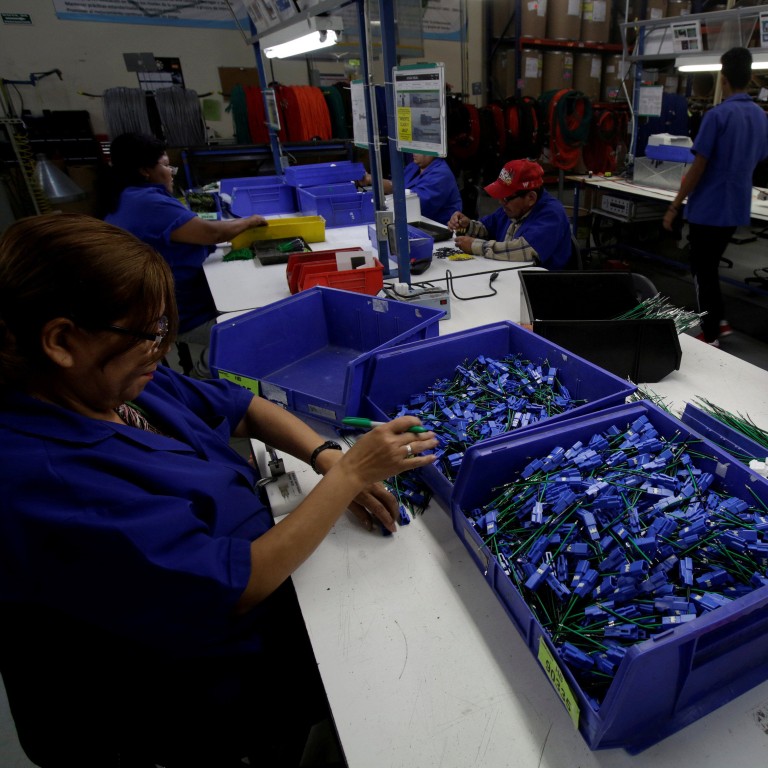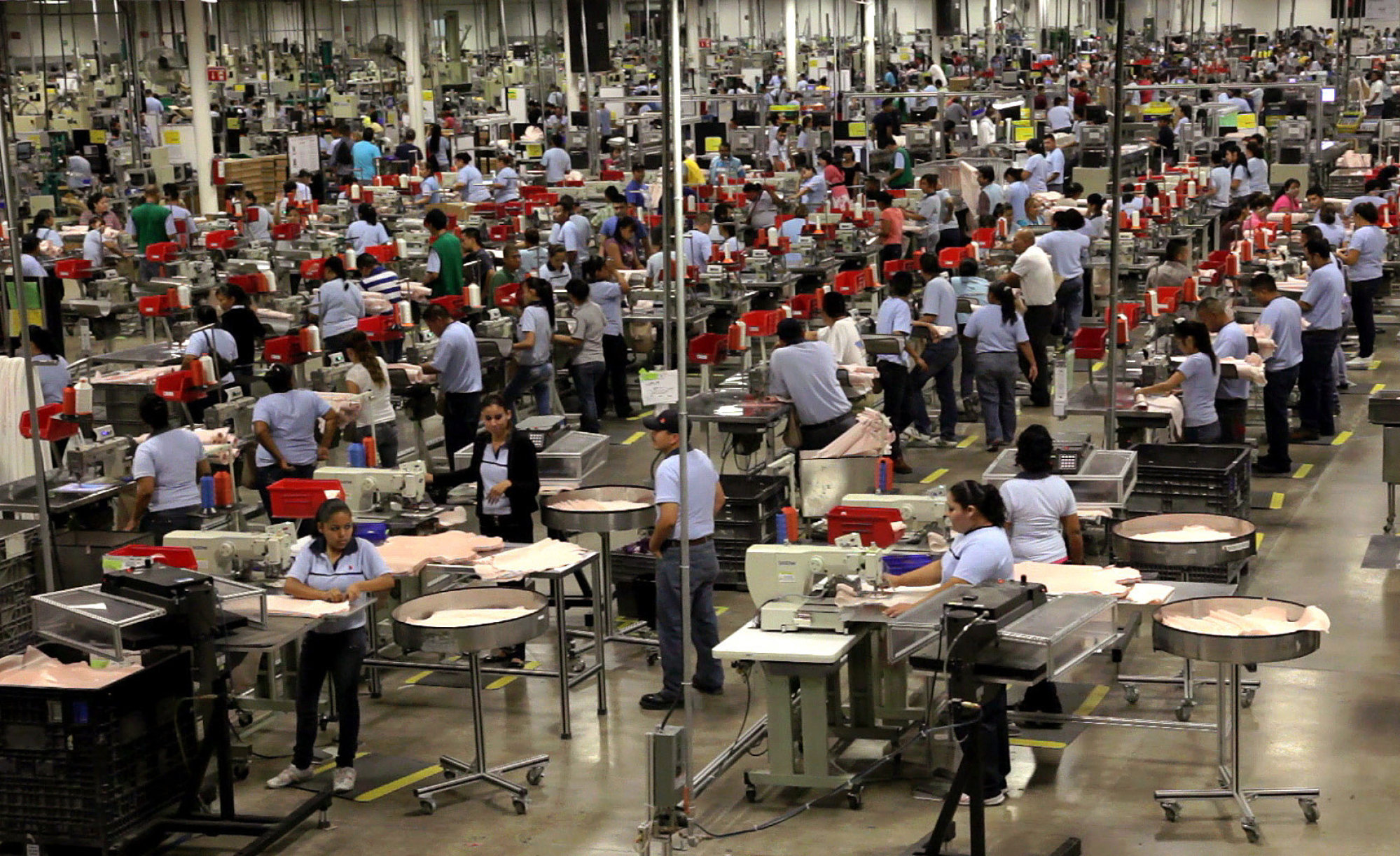
US-China trade war: migration to Mexico, Central America show firms adapting to new global business landscape
- As geopolitical tensions rise and economies become more complex, North American industries are turning away from Asia to secure a better future
- Mexico and Central America offer significant benefits for firms looking to keep costs low and mitigate risks stemming from the US-China trade war
John Steinbeck’s 1939 novel The Grapes of Wrath portrays the struggles of tenant farmers from Oklahoma during the Great Depression. These people, driven from their land by drought, embark on a journey to California in search of a better life.
Much like the migration documented by Steinbeck, another narrative is unfolding in the currents of globalisation and economic realignment. In this evolving landscape, Mexico and Central America are poised to leverage advantages once deemed unfavourable compared to many parts of Asia.
The disruptions thus far have been more of a nuisance. The problem is that it’s hard to put it out of mind once one is alerted to the danger. Every news story further solidifies this concern and the rationale for action becomes more compelling. Entrepreneurs swoop in to take advantage of the situation.
The main advantage was being within the same time zone and close to US-based teams. There was also the allure of lower wages in Canada. This caught the attention of manufacturers who sought out destinations south of the Rio Grande. The notion of “nearshoring” is not new, but what is different now is the momentum.

This phenomenon transcends US enterprises, as well. Take for example Preslow, a garment manufacturer based in Mexico City with a key client in Walmart. It shifted its manufacturing operations back to Mexico last year. Chinese furniture giant Man Wah, recognising the volatility of global trade conflicts, has also established a presence in Mexico to safeguard its vital US market share.
13 bodies found in freezers in violent Mexican state
For these reasons, few are predicting a seismic shift. However, it would be a mistake to underestimate the impact of incrementalism. Markets are made at the margins, and even a tiny withdrawal can disrupt market conditions. Even if this never comes to fruition, there are still more concerns.
North American businesses have cultivated collaborative relationships with overseas suppliers for decades, rooted in long-term commitments and mutual prosperity. This is classic late 20th-century supply chain orthodoxy. Today’s challenge lies in navigating this impending migration without sowing discord, yet one thing holds: vehemently denying the potential for change often signals that shifts are already under way.
Much like the characters of Steinbeck’s tale, regions and industries must adapt to secure a better future. As tenant farmers embarked on their arduous quest for prosperity, today’s business world is navigating uncharted waters, driven by the currents of opportunity and challenge. The spirit of endurance and the pursuit of a brighter horizon remain as relevant as ever, urging us to glean wisdom from the past while embracing the promise of a new era.
Charlie Grahn is a supply chain veteran. He teaches at the Melville School of Business and Langara College in Vancouver, Canada


